Last updated on February 21st, 2024 at 04:37 pm
8 steps to finding the best yoga school in Bali
One of the most common questions we receive is “how do I know which school is the best value for money?” During my time over the past 2 decades as a student, and teaching, I have seen a lot of hypocrisy, lack of integrity and downright fraud in the yoga world. Sad but true!
So, the question remains… How do you select a good yoga school in Bali?
With so many schools and studios opening up on every corner, we now have an abundance of yoga schools to choose from. But what exactly should you be looking for? And what are the most important aspects of a yoga school?
Here we reveal the answers to questions you must ask…
1. Are they playing by the rules? Finding legal, licensed yoga schools in Bali
Choosing a yoga school in Bali can be overwhelming, but don’t let the excitement cloud your judgment. Unfortunately, some schools operate illegally to cut costs. I’ve seen firsthand how this can ruin a student’s entire experience! Imagine immigration interrupting your training or, worse, the school being shut down entirely.
The Indonesian government is cracking down. Protect yourself by doing some research. Make sure the school you’re considering is operating legally. A reputable school won’t have a problem showing you their licenses and permits. Finding a trustworthy school ensures a smooth, stress-free yoga journey, which is essential for finding the best yoga school in Bali for you!
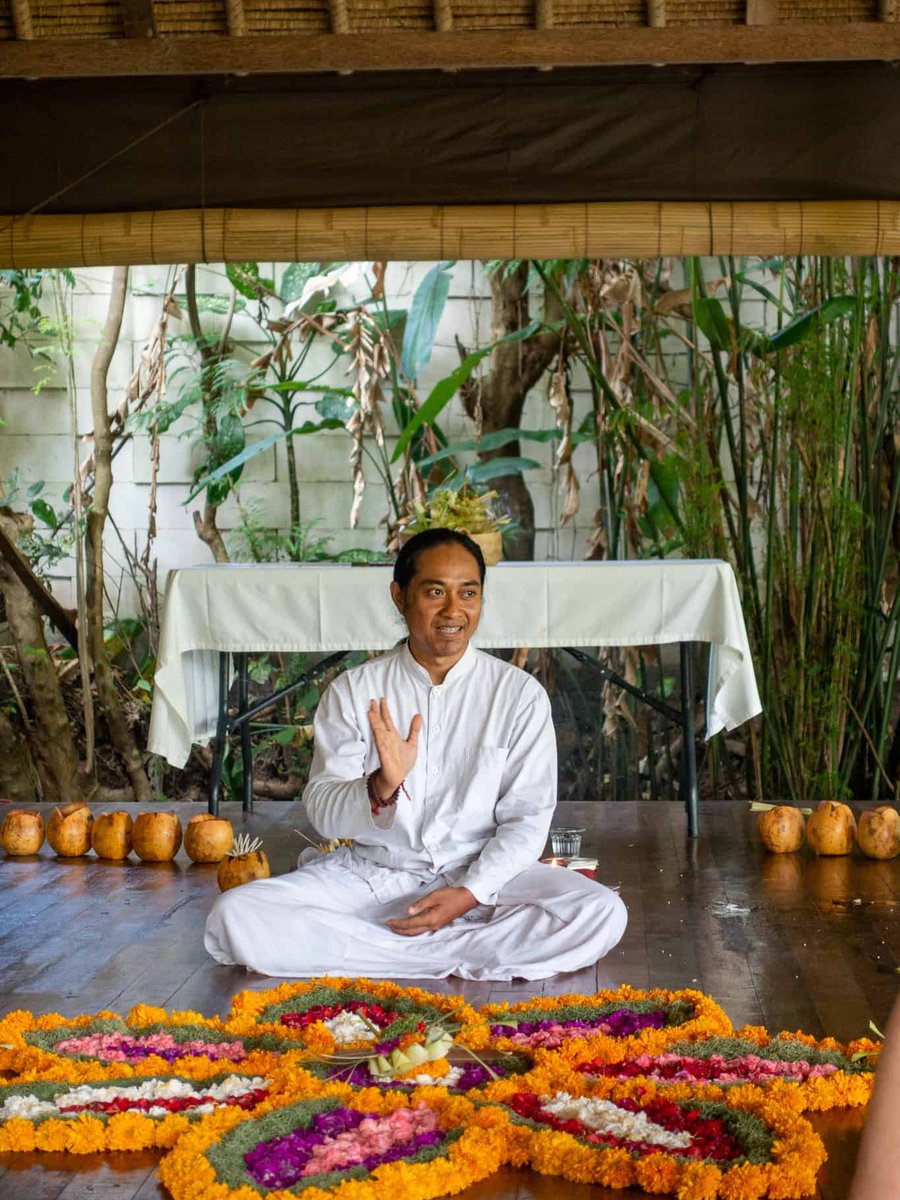
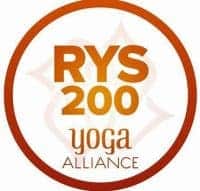
2. Does ‘Yoga Alliance Accredited’ Really Matter? YES!
Sadly, it’s true – some Bali yoga teacher training schools try to get away with using the Yoga Alliance logo without being legitimate members. This is a huge red flag! If you’re serious about your yoga journey, invest in a school that has put in the effort to be recognized by Yoga Alliance.
Here’s why it matters: accredited schools follow established standards. You won’t go home with a pile of homework and a worthless certificate. Instead, you’ll receive in-depth training from experts throughout your course. This is key to finding the best yoga school in Bali.
Don’t take chances! It’s easy to verify a school’s accreditation on the Yoga Alliance website . If your dream school isn’t listed, that’s a sign to look elsewhere.
3. Do you get the expertise you deserve? Choosing the best yoga school in Bali with the right teachers
Let’s be honest, one teacher can’t be the ultimate expert in everything yoga! The best yoga teacher training schools in Bali have specialized teachers for anatomy, philosophy, and asana (postures). Why does this matter to you? Because it means in-depth learning, not just skimming the surface.
Imagine having someone who deeply understands philosophy guide you through those ancient texts, not just recite them. Or an anatomy expert meticulously explaining how your body works in each asana. That’s priceless!
Look for schools that proudly introduce their faculty. Read their bios! Do their qualifications resonate with what’s important to you? Avoid schools that expect you to learn essential topics on your own after the course. You’re here to level up, and a team of knowledgeable teachers is crucial for that journey.

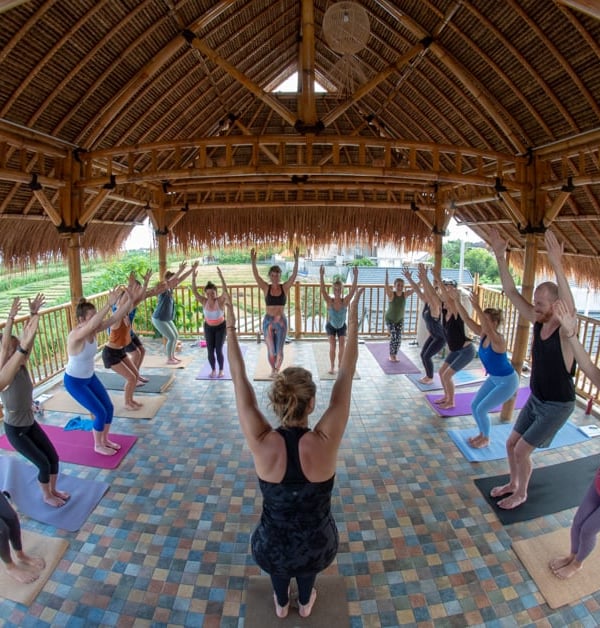
4. How big are the class sizes and how many teachers will be there?
As we previously mentioned, how can one teacher possibly provide you with the focus and attention you deserve if there are 25+ other students in the room?
In my experience, over 20 students is far beyond excessive and greedy. You should have adequate time to teach an entire class, receive feedback and support so you are ready to teach yoga to the world!
Find a school who offers quality of service and isn’t just chasing profits and numbers.
At Loka Yoga School, we have 3 teachers for 16 students.
5. Is the schedule designed for burnout or breakthrough?
I’ve seen it too often – yoga schools in Bali packing schedules to the brim, leaving students exhausted and unable to fully absorb the teachings. Imagine trying to focus on philosophy at 8:30pm when you’re sleepy and craving downtime!
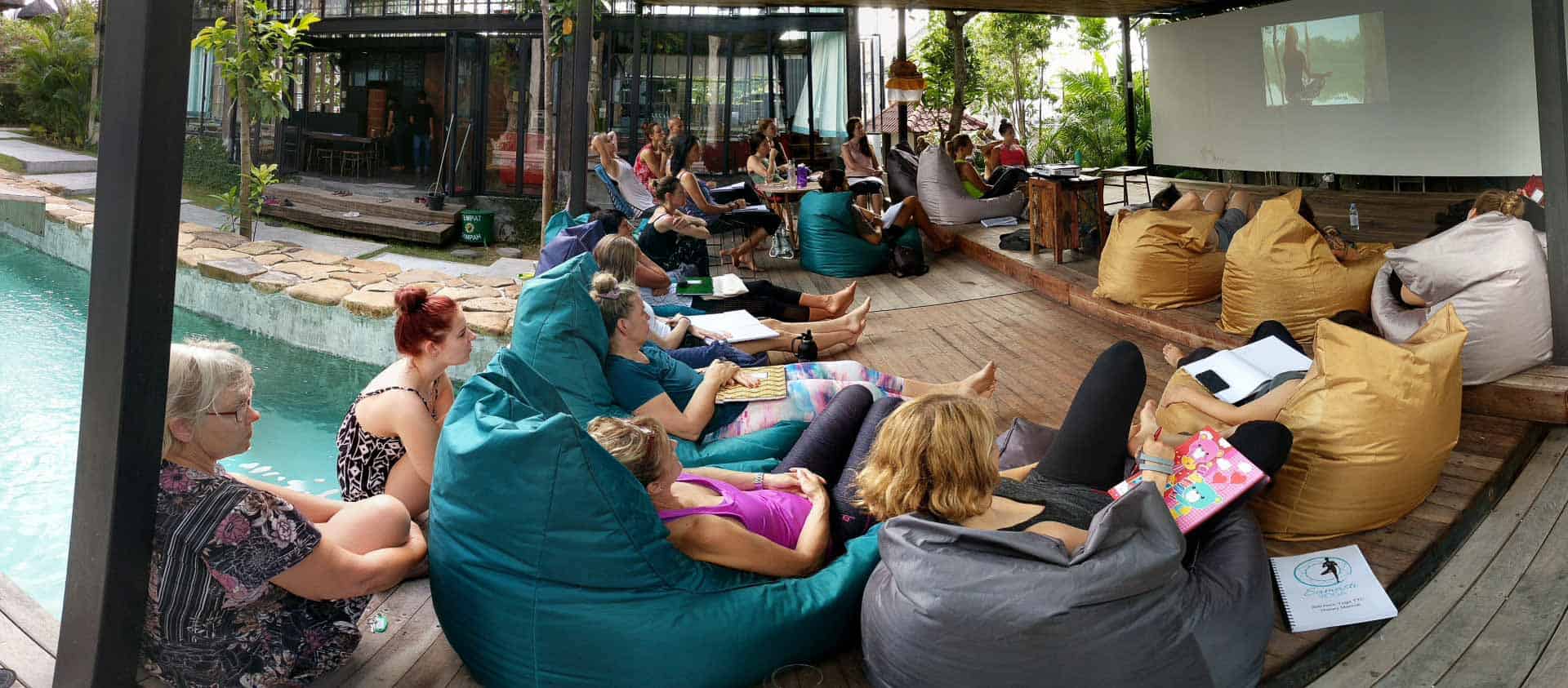
Why do they do this? To cut costs by shortening the training. But that’s a disservice to YOU. Instead of gaining in-depth knowledge, you leave with unfinished coursework and unresolved questions. That’s not how you find the best yoga school in Bali.
The right school invests in your journey, giving you space to rest, explore Bali, and truly process the teachings. Look for programs offering a day off each week and dedicated time for mentorship and practice teaching. Remember, evenings are for winding down and integrating what you’ve learned, not cramming in more classes!
Choose a school that sets you up for success, not a whirlwind experience that leaves you feeling drained.

6. Discovering the yoga style that ignites your teaching journey
Finding the best yoga school in Bali means understanding the different styles and how they shape your future teaching. It can be overwhelming at first, but I’m here to help!
Here’s why a strong foundation in Hatha yoga is key: it’s the root of many modern styles. Mastering Hatha deepens your understanding of poses and prepares you to teach with confidence in various settings.
The best schools go beyond the basics. Look for training that weaves in elements of Vinyasa (flow) and Yin (restorative) yoga. Imagine the versatility this gives you! You’ll be able to teach dynamic classes, slow things down, and cater to diverse students. This well-rounded approach is what makes a yoga teacher truly shine.
Schools like Loka Yoga School provide this kind of comprehensive training. It’s not just about the certificate – it’s about creating a toolbox that empowers you to teach the yoga you love!
7. Does the yoga school feel like the right fit? Trust your intuition.
Choosing the best yoga school in Bali isn’t just about ticking boxes. It’s about finding a place that resonates with you. Pay attention to those initial interactions:
- Do you feel like they genuinely care about your questions? Or do you get generic, copy-and-paste responses?
- Can you tell if the person you’re talking to is a passionate yogi or just an administrator? A true teacher understands your excitement and concerns!
Remember, you’re investing a lot into this journey. You deserve to feel valued and understood from the very start. A truly great school makes you feel seen and supported even before you arrive in Bali.
Don’t settle for a school that treats you like just another customer. Find the one that feels like home!
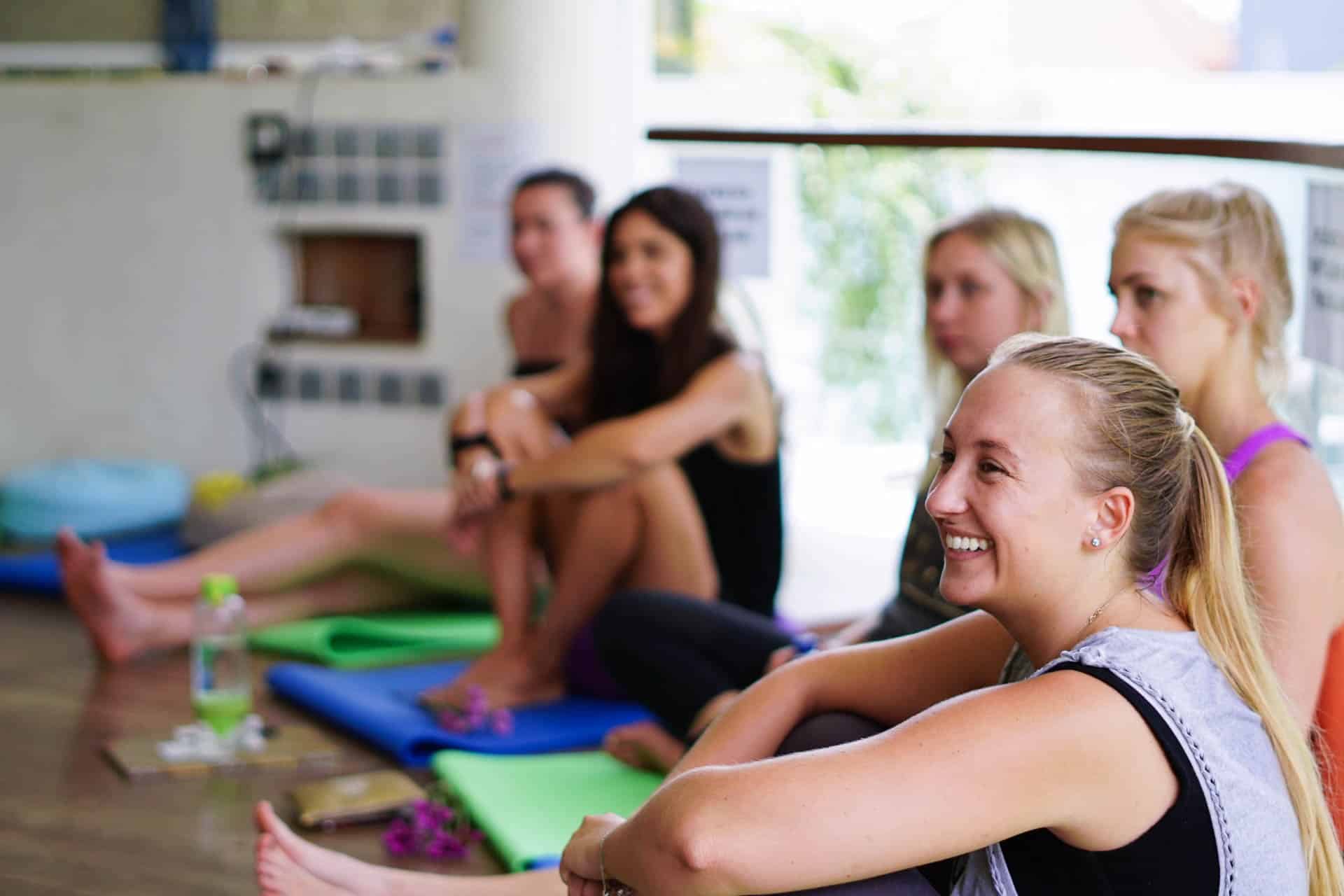

8. Will you feel truly supported throughout your Bali yoga journey?
The best yoga schools in Bali understand that your comfort directly impacts your learning experience. That means addressing your unique needs, whether it’s a dietary restriction, an old injury, or a strong preference for quiet spaces.
Don’t be afraid to ask those specific questions! It’s your right to know if the school can:
- Offer delicious food that fits your dietary needs
- Modify poses to accommodate any injuries
- Provide rooms or spaces that align with your preferences (air-conditioned or not, shared or private)
- Help with practical logistics like airport transfers
- Even factor in your love for surfing when recommending locations!
A supportive school sees you as an individual, not just another student. Their goal is to ensure you have everything you need to thrive during this immersive and transformative experience.
Need help finding a school that truly prioritizes your comfort? Let’s chat!

